No products in the cart.

From Ancient Origins To Contemporary Expressions: The Enchanting World Of Ceramic Tribal Art In Woodrow Nash’s Sculptures
Unearthing history, interpreting cultural diversity, and celebrating the human form through art, the world of ceramics is as expansive as it is expressive. Stepping into the Waterkolours Fine Art Gallery, located in historic Memphis, Tennessee, is akin to stepping into a portal that transports you to a world where past meets present, and tradition meets innovation. The captivating presence in the gallery is none other than the ceramic tribal art collection presented by Woodrow Nash, courtesy of the founding gallerist, Danny Jenkins.
Jenkins, a self-proclaimed art enthusiast, has devoted his life to the world of art for over three decades. With humble beginnings sharing art across black-owned hair salons throughout the south, Jenkins understood the profound human desire to see reflections of one’s own history and soul in art. His grassroots insight initiated his journey towards building a close relationship with contemporary Black artists. The results of his dedication and commitment to elevate underrepresented Black artists and artwork are evident in every corner of the Waterkolours Fine Art Gallery.
Woodrow Nash: Melding Tradition and Innovation in Ceramic Tribal Art
Among the many eye-catching displays in the gallery, the ceramic tribal art collection by Woodrow Nash holds a special place. Nash’s skillful combination of form, functionality, and aesthetics highlights the rich history of tribal art and its modern creative expressions. Each piece crafted by Nash invites viewers on an exploration of the rich heritage, stories, and culture of tribal communities.
Jenkins’ quest to provide representation for Black artists has found its zenith in Nash’s work. By showcasing Nash’s creations, Jenkins has not just introduced the depth and breadth of ceramic tribal art to a wider audience but also illuminated the talent and storytelling abilities of contemporary Black artists. The gallery thus provides a platform where art enthusiasts can appreciate the profound beauty of ceramic tribal art, learn about its rich history, and witness its transformative journey over the years.
Nash’s African Nouveau: A Unique Artistic Fusion
Nash’s distinct technique fuses a traditional African art aesthetic with a modern Art Nouveau style, an amalgamation he calls ‘African Nouveau.’ This blending of artistic influences bridges the gap between past and present, making his art pieces symbolic of a cultural continuum.
From the moment you lay eyes on Nash’s work, you are confronted with the grandeur of the human spirit. Each ceramic sculpture seems to tell a story, echoing tales of a bygone era while resonating with contemporary societal contexts. It’s not just art but also a socio-cultural dialogue that challenges and transcends traditional narratives about Black history and identity.
The Craftsmanship: Detailed Patterns and Symbolic Motifs
Each ceramic sculpture showcases Nash’s meticulous craftsmanship, embodying the raw essence of tribal art. The intricate tribal patterns etched onto the sculptures represent various elements of tribal culture, including community, spirituality, ancestry, resilience, and power. By infusing these values into his work, Nash brings tribal narratives to life, allowing viewers to immerse themselves in an art form that spans centuries.
Art as Dialogue: Reflections of History and Identity
The ceramic sculptures are not just visually captivating but also a triumph of dexterity and skill. The tribal patterns adorning each sculpture’s surface are meticulously crafted, capturing the raw essence of tribal art. These motifs signify various elements of tribal culture – community, spirituality, ancestry, resilience, and power. By infusing these attributes into his work, Nash brings the tribal narratives to life, inviting viewers to immerse themselves in an art form that spans centuries.
Nash’s ceramic tribal art extends beyond visual appeal; it also fosters a dialogue about history, perceptions, and feelings related to Black culture. The sculptures echo tales from a bygone era while resonating with contemporary societal contexts. The art serves as a socio-cultural commentary that challenges and transcends traditional narratives about Black history and identity.
Promoting Black Artists: Jenkins’ and Nash’s Shared Vision
Danny Jenkins’ quest for representation of Black artists culminates in the exceptional work of Woodrow Nash. By showcasing Nash’s creations, Jenkins introduces a wider audience to the depth of ceramic tribal art and the storytelling prowess of contemporary Black artists. The gallery provides a platform for art lovers to appreciate the beauty of ceramic tribal art, learn about its rich history, and witness its evolution over the years. Together, they’ve transformed the Waterkolours Fine Art Gallery into a mecca for art lovers who seek an intimate understanding and appreciation of Black history and culture through the lens of ceramic tribal art.
Conclusion: A Symbiosis of Vision and Talent
Nash’s sculptures, through their intricate detailing and emotive expressions, tell a powerful story of resilience, identity, and cultural pride. They invite the viewer to partake in a journey that transcends conventional timelines and geographies, reaching into the very heart of human existence and expression.
Ceramic tribal art, as presented by Woodrow Nash and nurtured by Danny Jenkins, opens a window into a world of human experience that resonates across cultures and histories. It reminds us that art, much like humanity, thrives on a continuum of creativity, diversity, and interconnectedness. At Waterkolours Fine Art Gallery, you’ll discover that this continuum is not just alive but also thriving, telling stories that echo across time and space.
The collaboration between Jenkins and Nash at the Waterkolours Fine Art Gallery has created a space for art enthusiasts to experience the intertwined histories and cultures through the lens of ceramic tribal art. This partnership reminds us that art, like humanity, thrives on a continuum of creativity, diversity, and interconnectedness. A visit to the gallery offers insights into the transformative journey of ceramic tribal art, and a deeper understanding of its profound connection to the past, present, and future.


